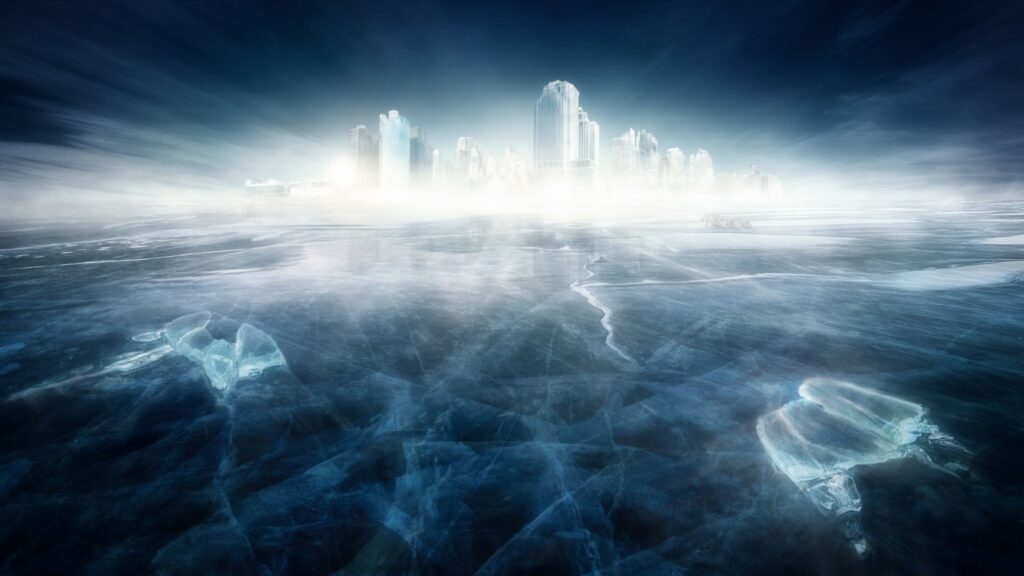The Ice Age was a fascinating period in Earth’s history, marked by massive ice sheets, plummeting temperatures, and incredible creatures. Here are 15 mind-blowing facts about this frigid era that will leave you in awe of our planet’s resilience and the power of nature.
1. Ice Sheets Covered Nearly a Third of Earth’s Land
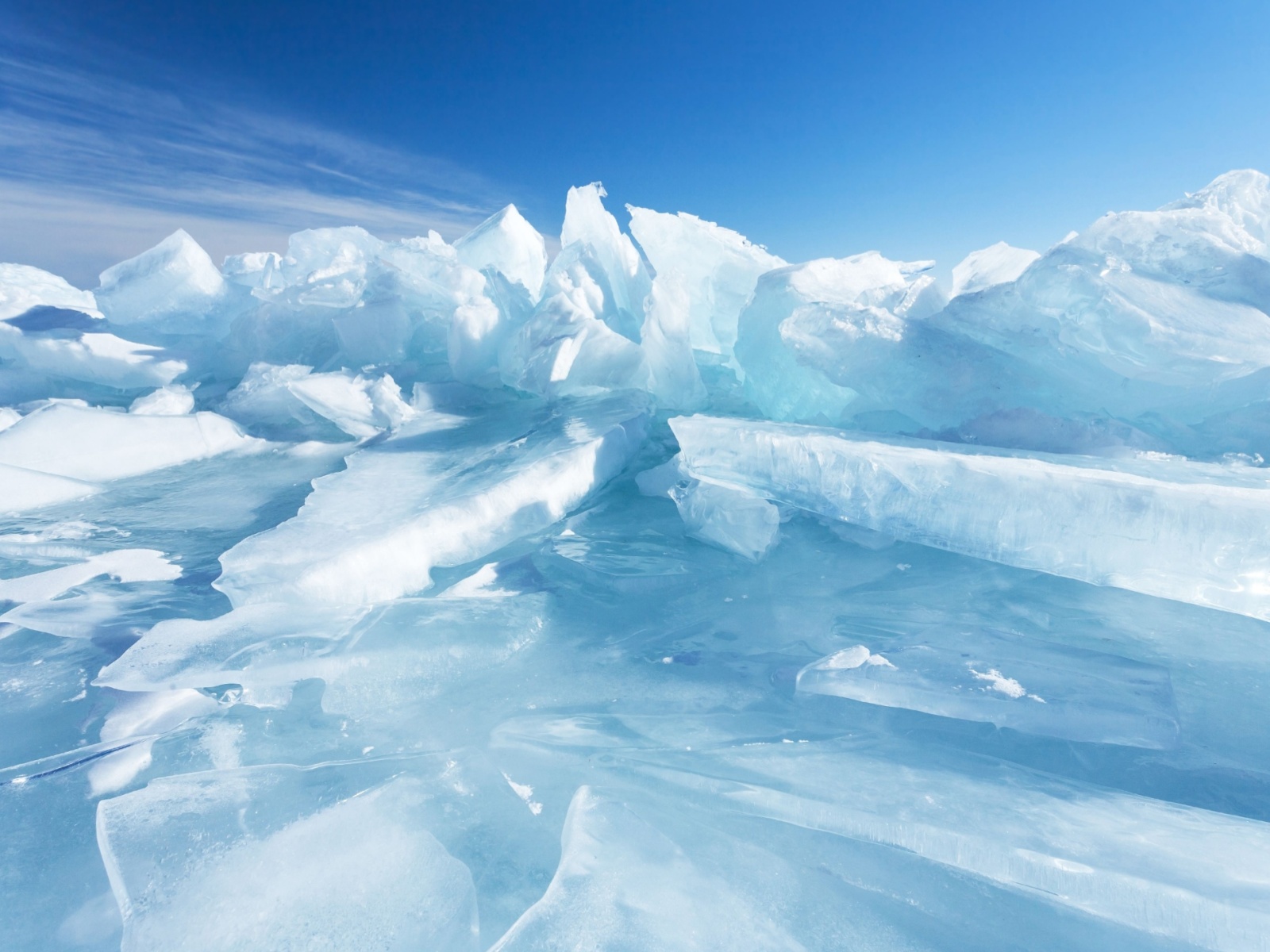
During the Ice Age, ice sheets and glaciers were key components, covering approximately 30% of Earth’s land surface. These massive ice formations shaped the landscape and drastically altered the climate.
2. Glaciers Wiped Out Worms in North America
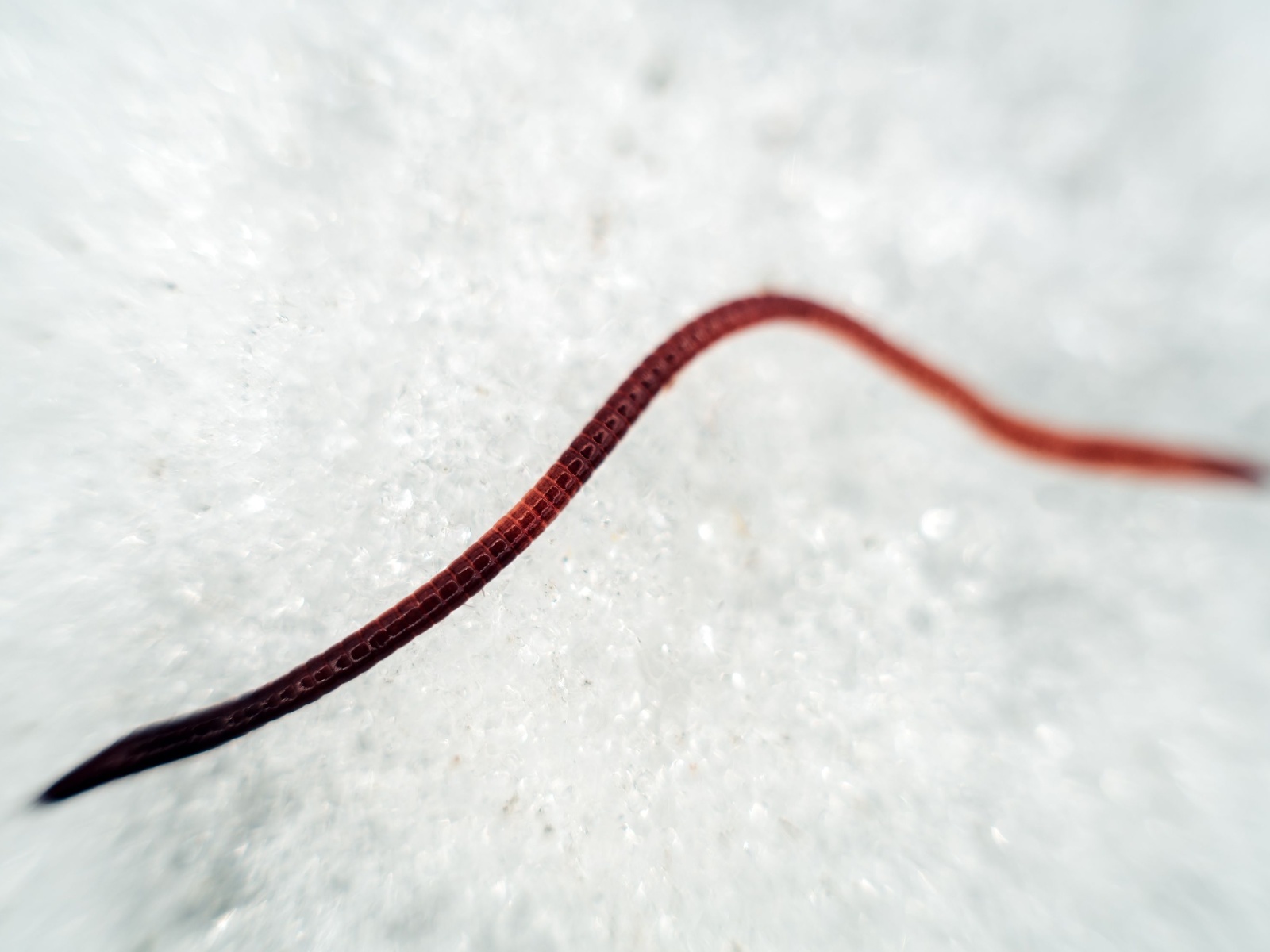
As glaciers advanced across North America during the Ice Age, they wiped out nearly all earthworms in the region. It took thousands of years for worms to recolonize the continent after the ice retreated.
3. Earth Has Experienced Multiple Ice Ages
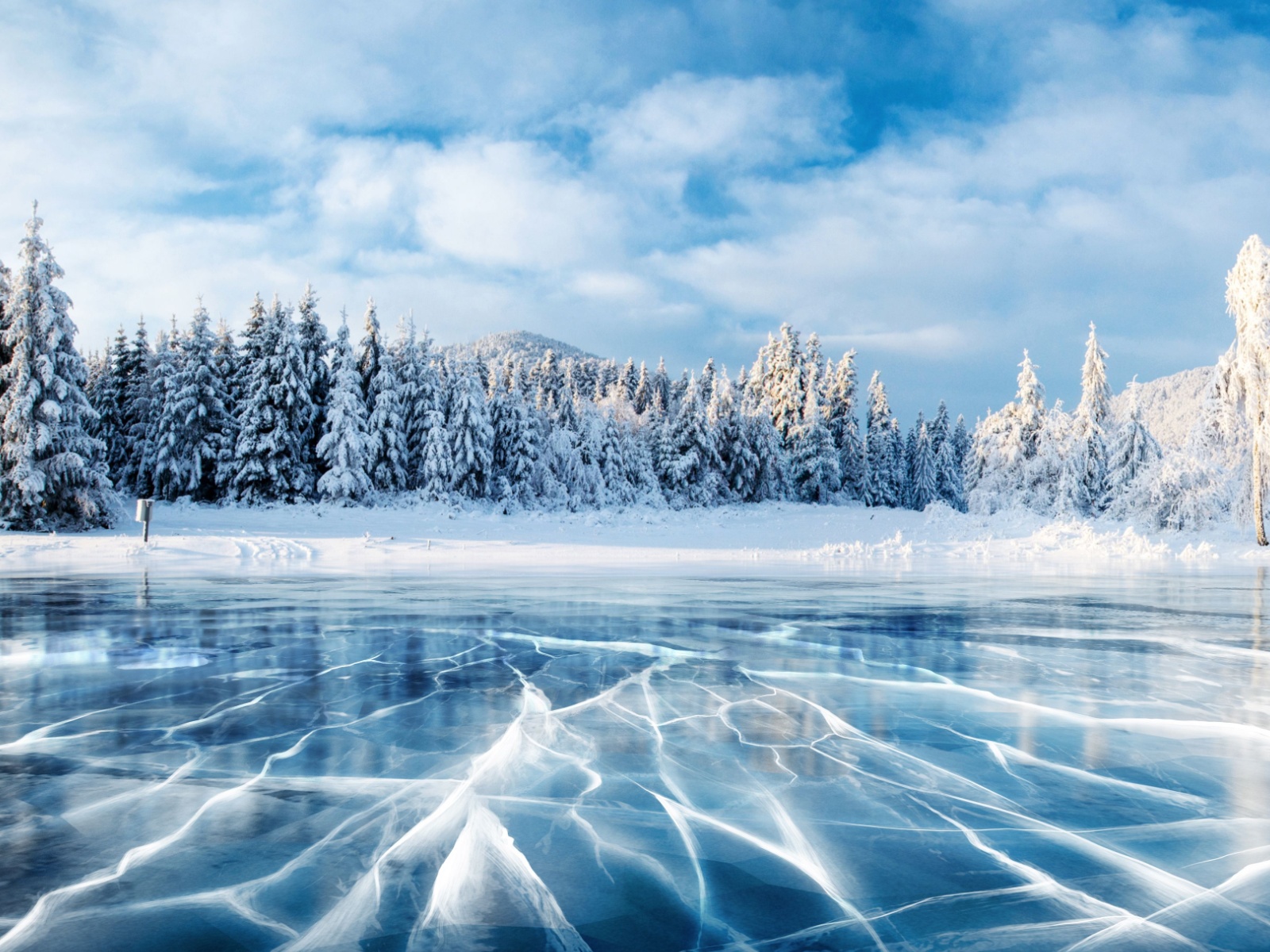
Contrary to popular belief, Earth has gone through several ice ages throughout its history, with the most recent one ending around 11,700 years ago. These cycles of freezing and thawing have played a significant role in shaping our planet.
4. The Little Ice Age Lasted for Centuries
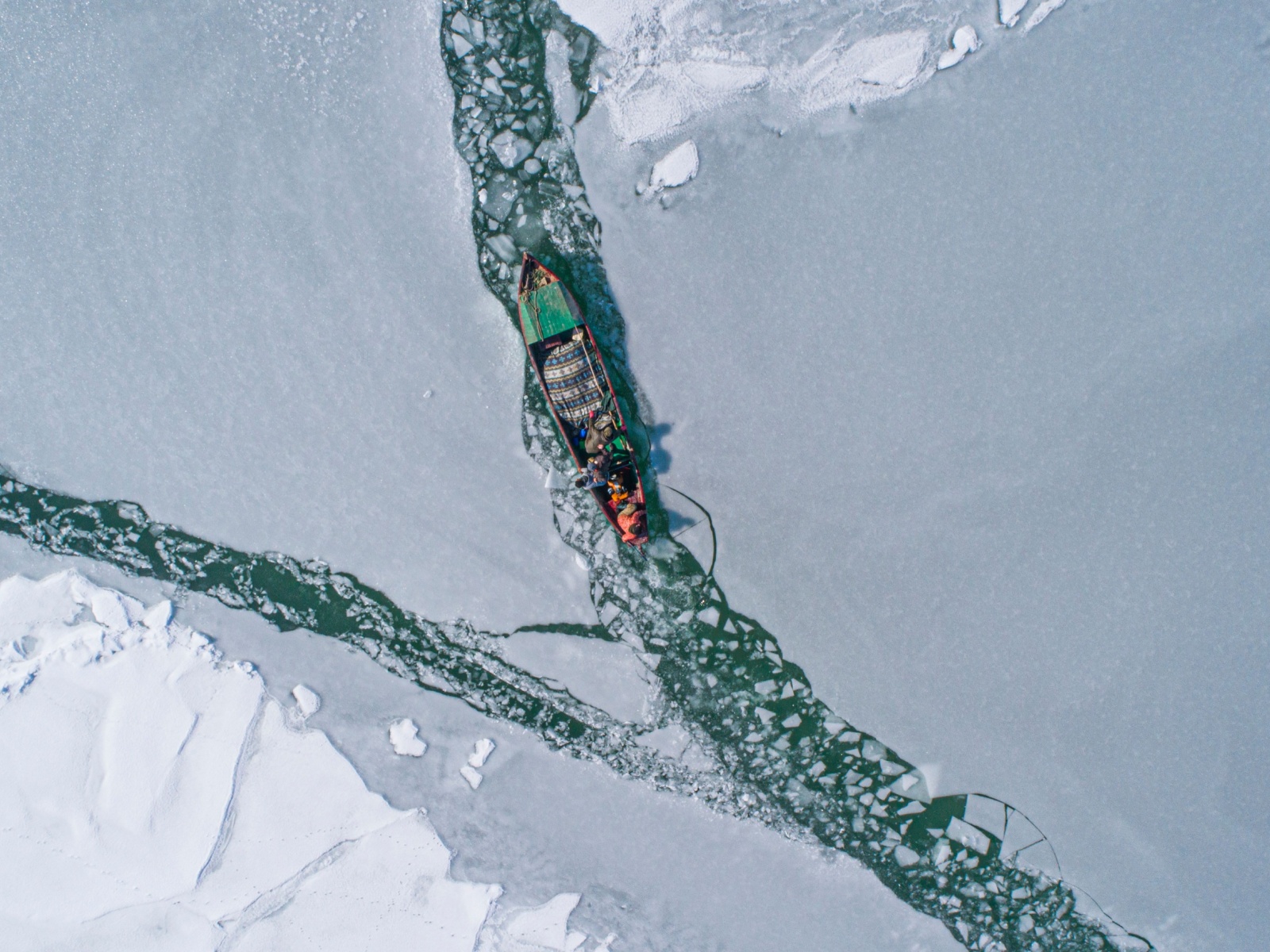
Between the 13th and 19th centuries, Earth experienced a period known as the “Little Ice Age”, which brought cooler temperatures and harsher winters to many parts of the world. This period had far-reaching effects on human civilization and the environment.
5. Expanding Glaciers Crushed Entire Towns
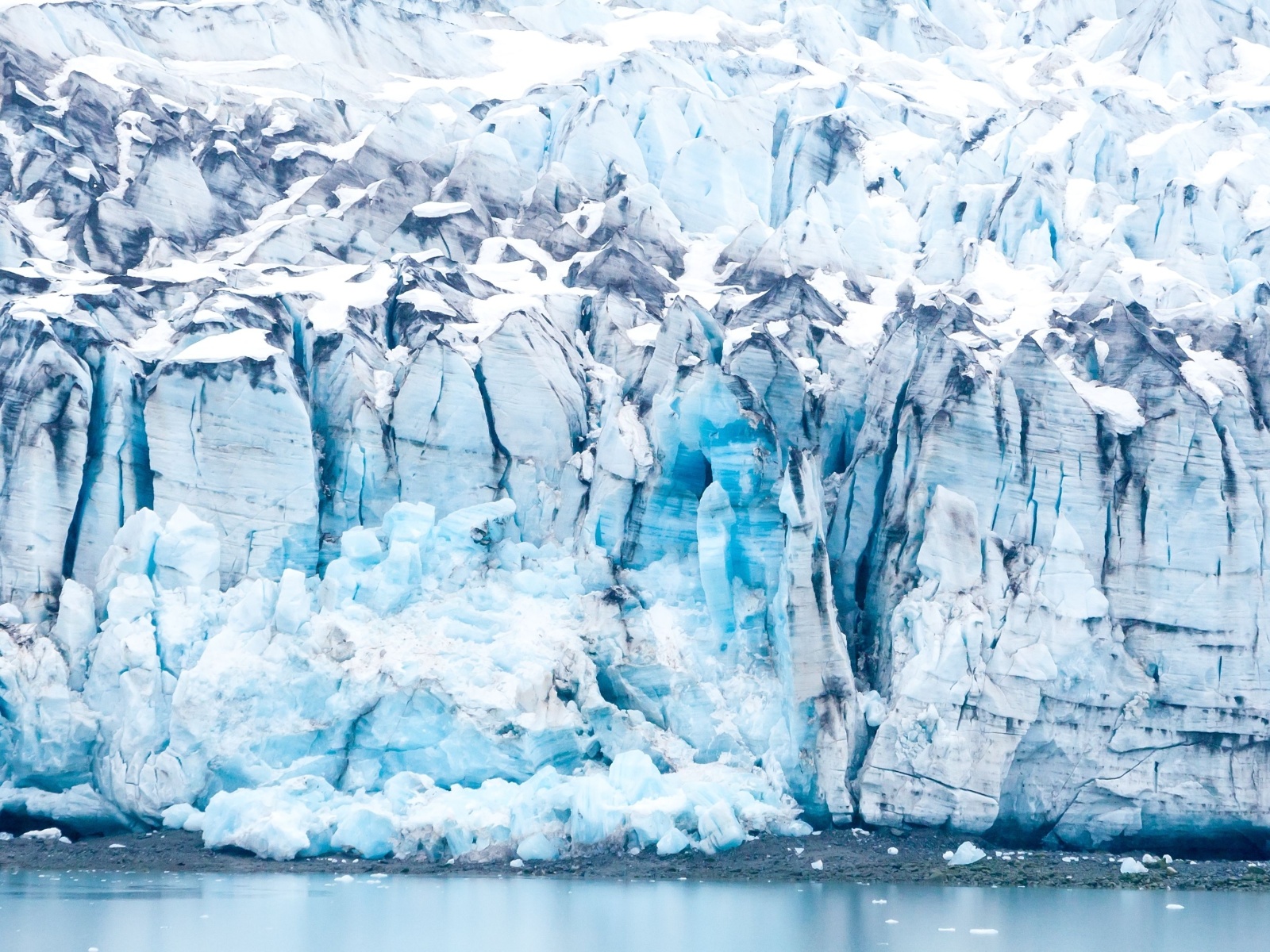
During the Little Ice Age, expanding glaciers literally crushed entire towns in their path. As the ice advanced, it demolished buildings and forced people to abandon their homes and villages.
6. Woolly Mammoths Roamed the Earth
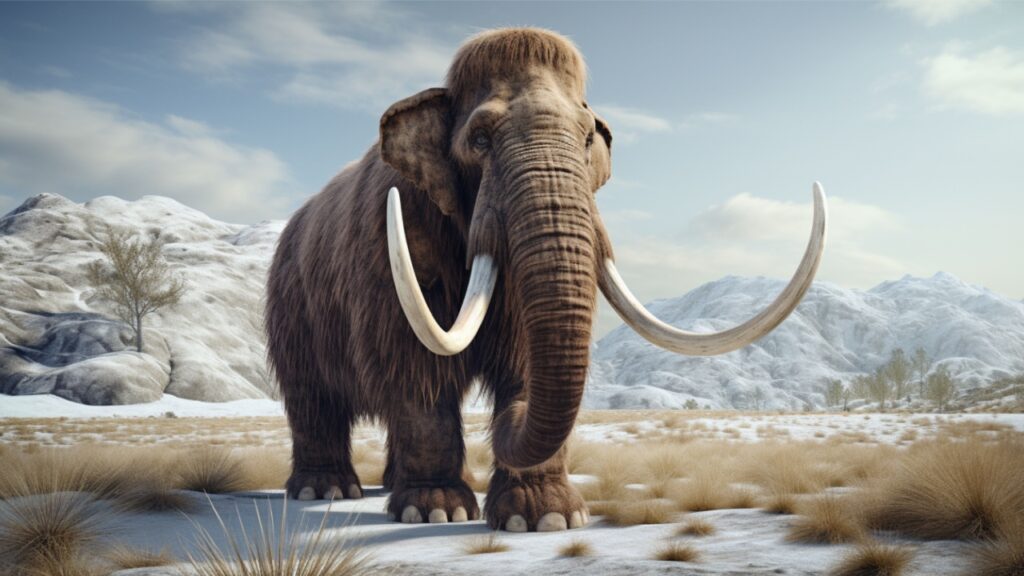
Image Credit: Shutterstock.
One of the most iconic creatures of the Ice Age was the woolly mammoth. These majestic animals, covered in thick fur and equipped with massive tusks, roamed the frozen landscapes alongside other incredible species like saber-toothed cats and giant sloths.
7. Sea Levels Dropped Dramatically
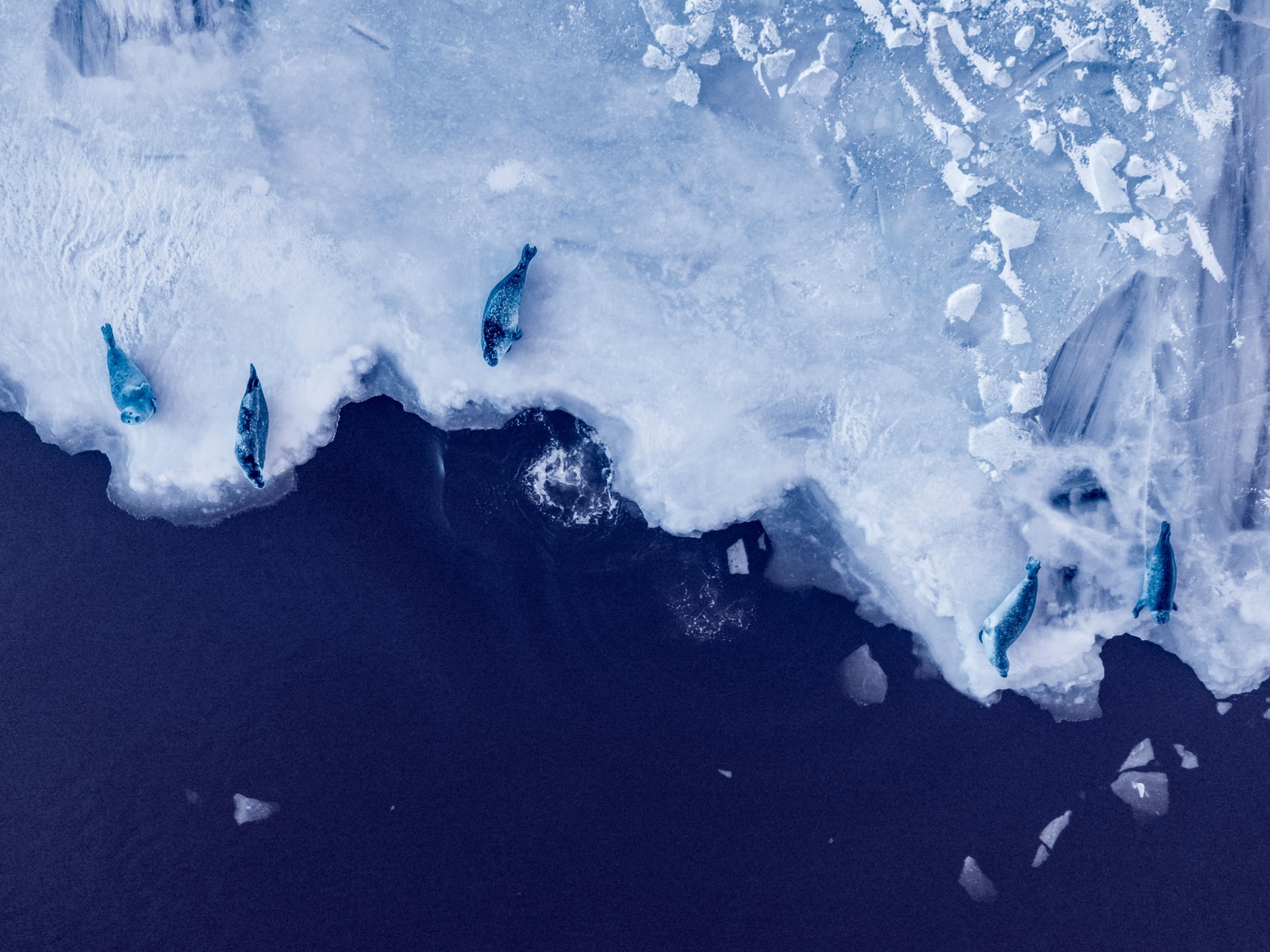
As water became locked up in massive ice sheets during the Ice Age, sea levels dropped by as much as 400 feet. This exposed vast areas of land that were previously underwater, allowing animals and humans to migrate to new regions.
8. Ice Age Winters Were Brutally Cold
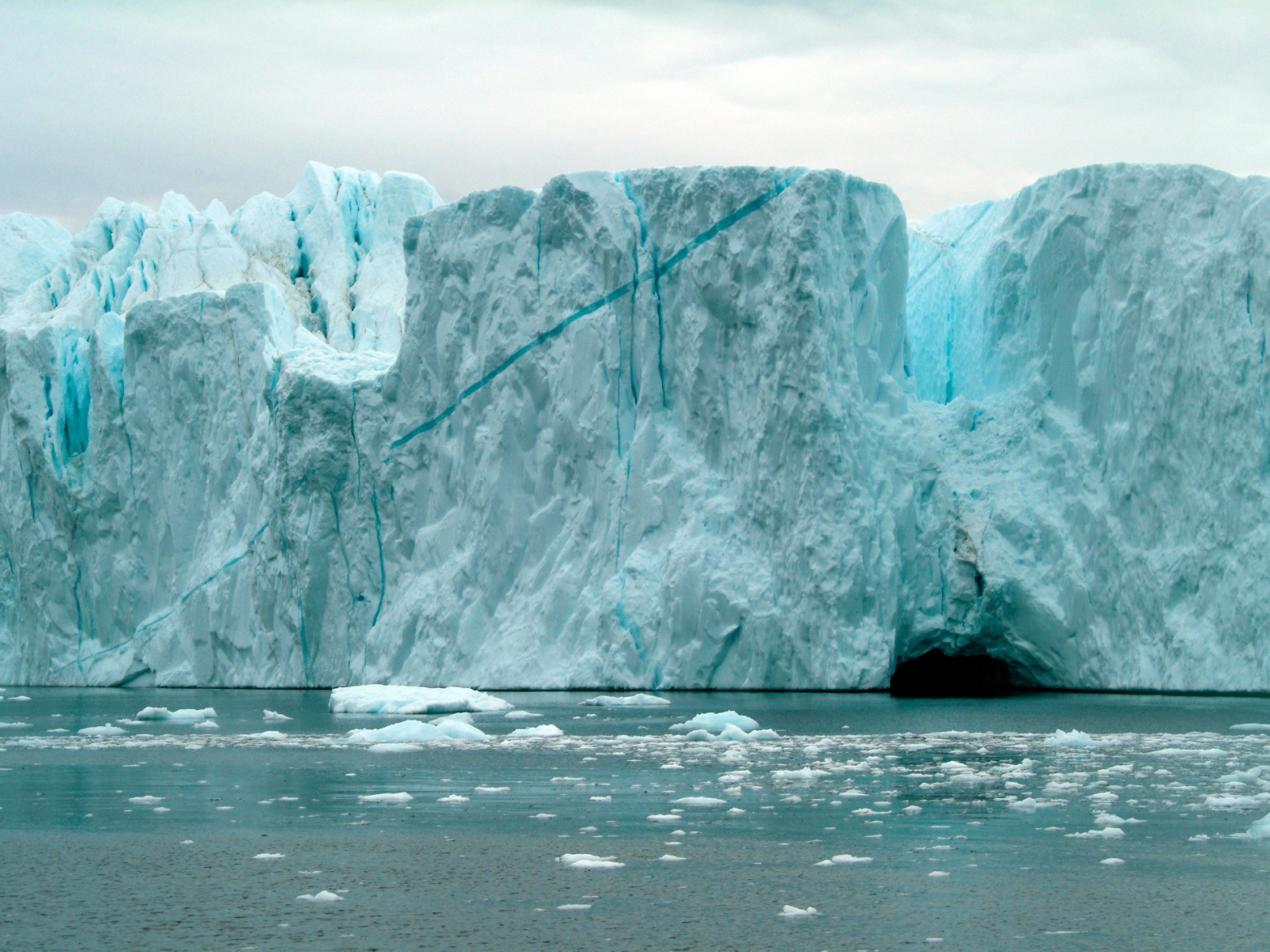
Winters during the Ice Age were incredibly harsh, with temperatures dropping far below freezing. These frigid conditions posed significant challenges for both wildlife and early human populations.
9. Massive Ice Dams Created Enormous Lakes
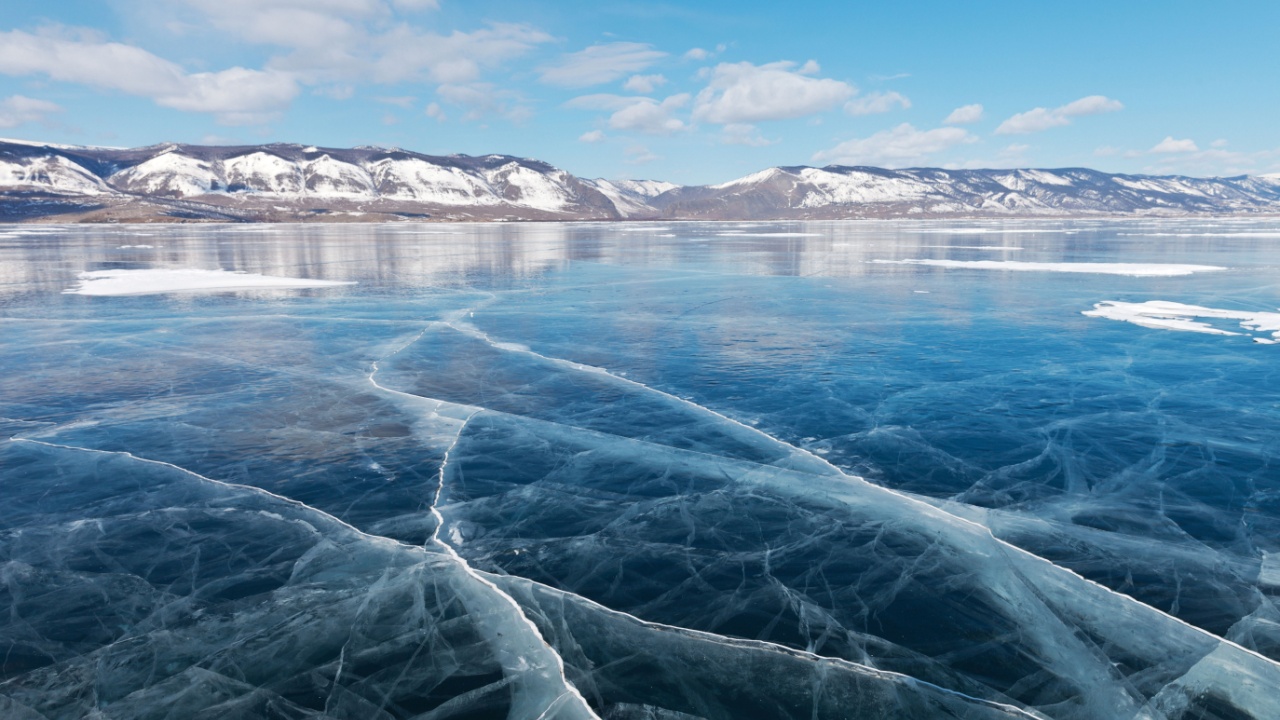
As glaciers advanced and retreated during the Ice Age, they sometimes formed massive ice dams that blocked the flow of rivers. This led to the creation of enormous glacial lakes, some of which were larger than many modern-day seas.
10. Early Humans Adapted to Survive
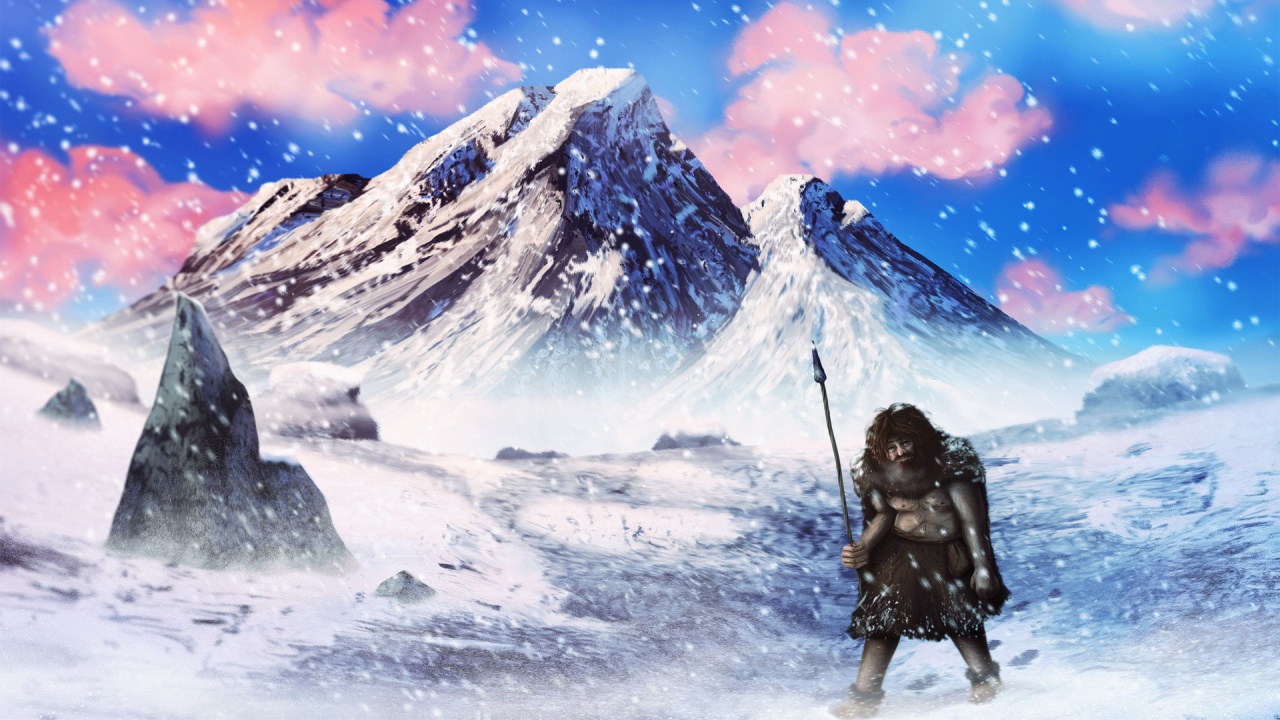
Despite the harsh conditions of the Ice Age, early human populations managed to adapt and survive. They developed sophisticated tools, learned to hunt large game, and created shelter to protect themselves from the elements.
11. The Ice Age Shaped Modern Landscapes
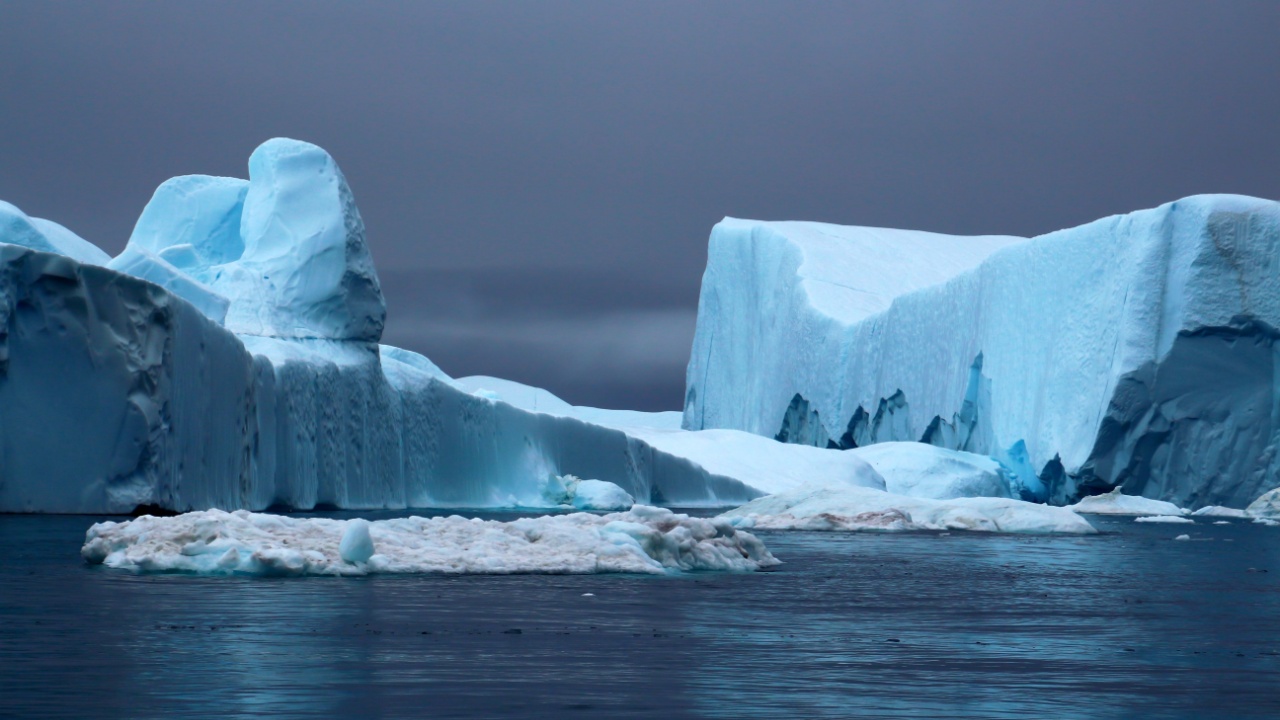
The advance and retreat of glaciers during the Ice Age had a profound impact on the Earth’s surface. Glacial erosion carved out valleys, created fjords, and left behind distinctive landforms like moraines and drumlins that can still be seen today.
12. Dry Ice is Colder than Regular Ice
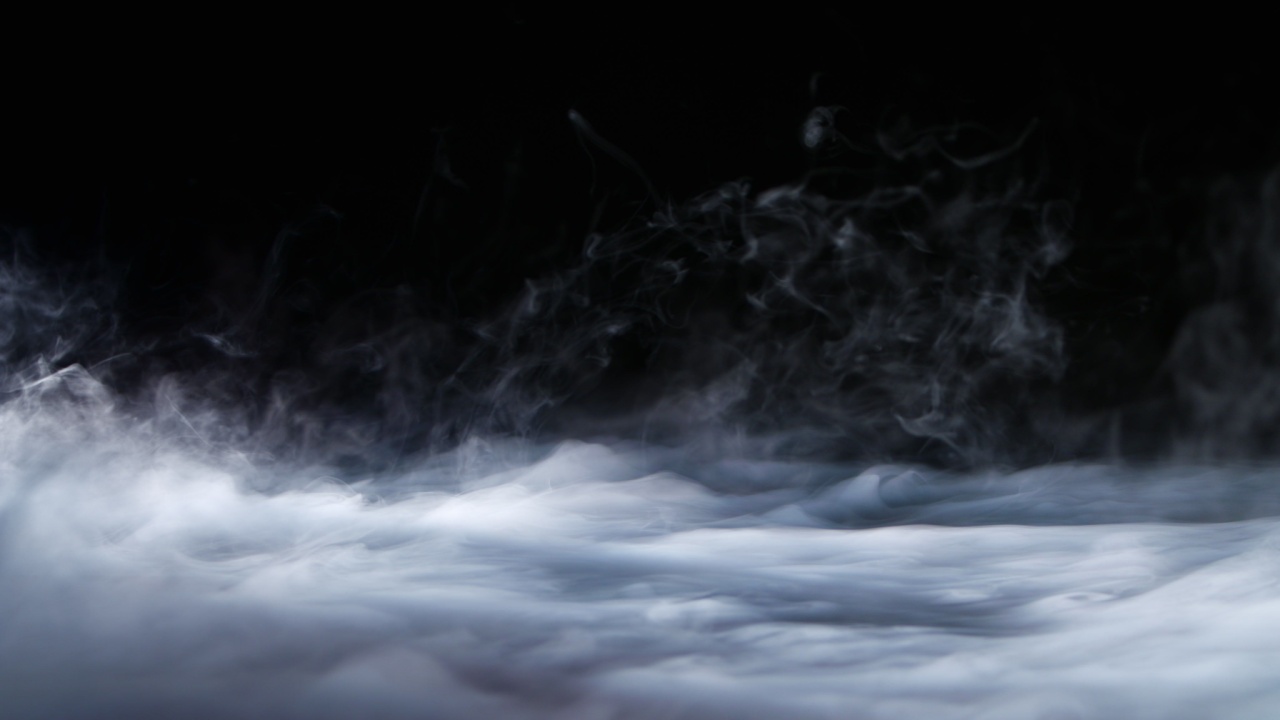
While not directly related to the Ice Age, it’s interesting to note that dry ice, made from solid carbon dioxide, is much colder than regular ice. In fact, dry ice freezes at a chilling minus 109.3 degrees Fahrenheit, making it useful for keeping things extremely cold.
13. Subglacial Lakes Exist Beneath Antarctica’s Ice
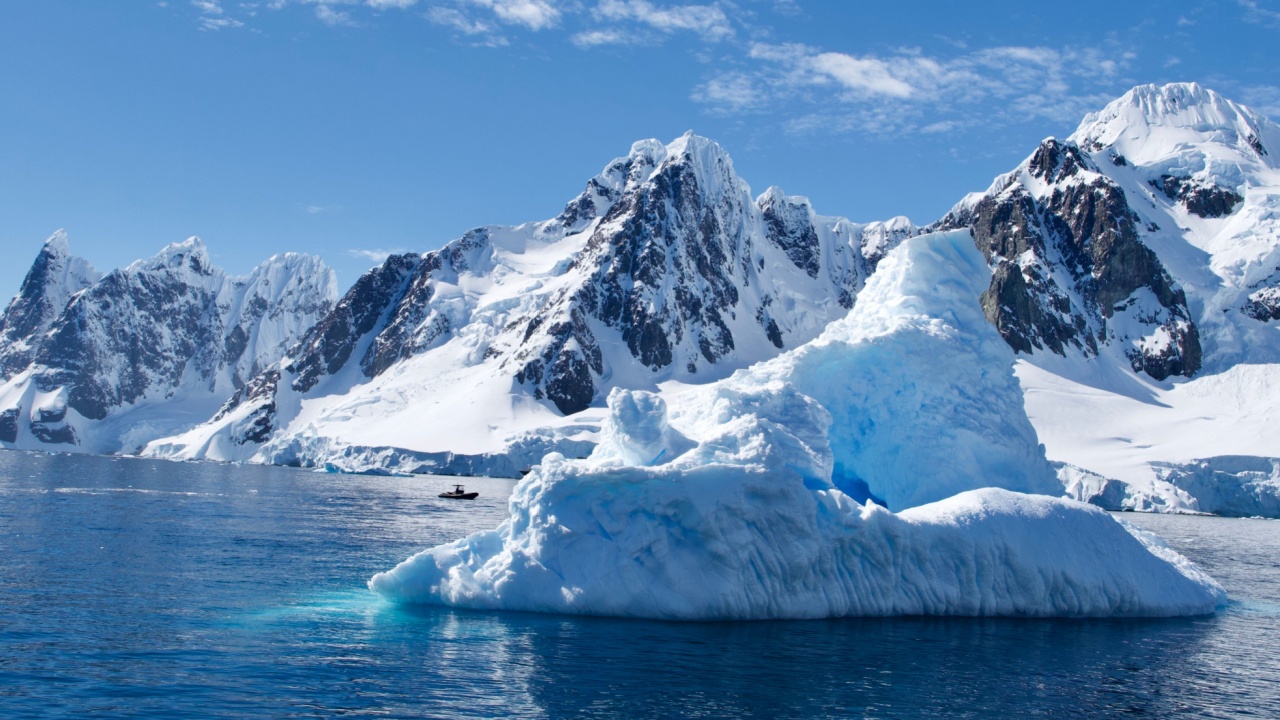
Beneath the thick ice sheet covering Antarctica, scientists have discovered around 400 subglacial lakes. These hidden bodies of water, some of which are interconnected, provide a unique environment for microbial life and offer insights into the continent’s history.
14. The Ice Age Influenced Human Evolution
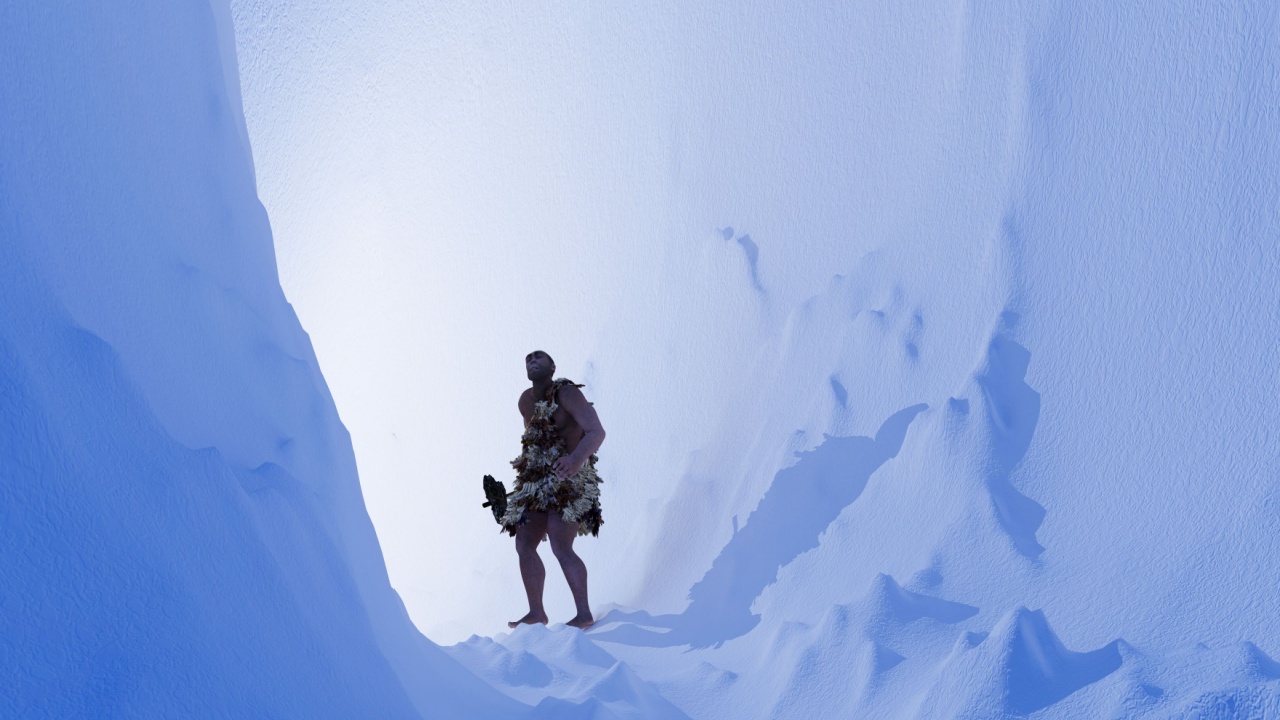
The challenges posed by the Ice Age played a significant role in human evolution. The harsh conditions forced early humans to adapt, innovate, and migrate, ultimately shaping the course of human history and leading to the development of modern civilizations.
15. We May Be Due for Another Ice Age
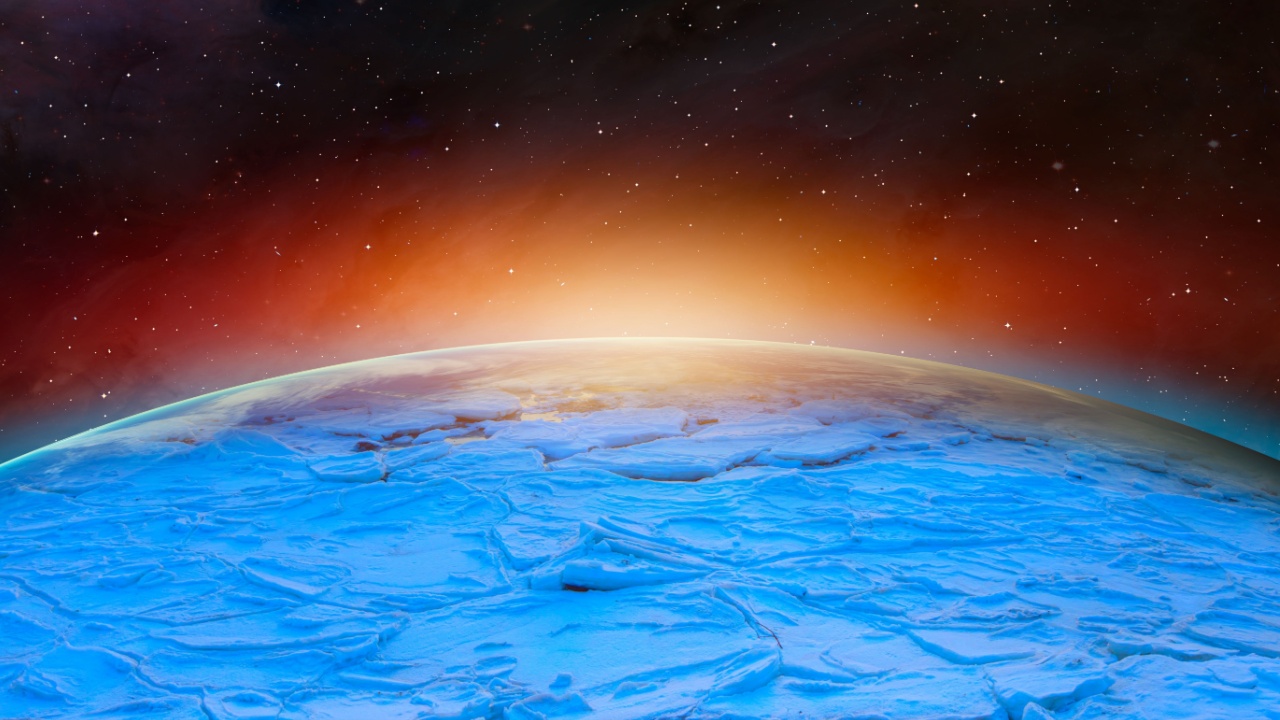
Based on Earth’s cyclical history of glacial periods, some scientists believe that we may be due for another ice age in the future. However, the impact of human-induced climate change on these natural cycles remains a topic of ongoing research and debate.
Becky is a fervent wildlife enthusiast and pet care expert with a diploma in canine nutrition. Her love for animals stretches beyond the domestic, embracing the wild tapestry of global fauna. With over a decade of experience in animal welfare, Becky lends her expertise to OutlandishOwl through insightful articles, captivating wildlife information, and invaluable guidance on pet nutrition. Her work embodies a deep commitment to understanding the intricate lives of animals and a passion for educating others on sustaining natural habitats. Becky's hands-on conservation efforts and her knack for translating complex dietary science into practical pet feeding tips make her an indispensable voice for creatures great and small.

